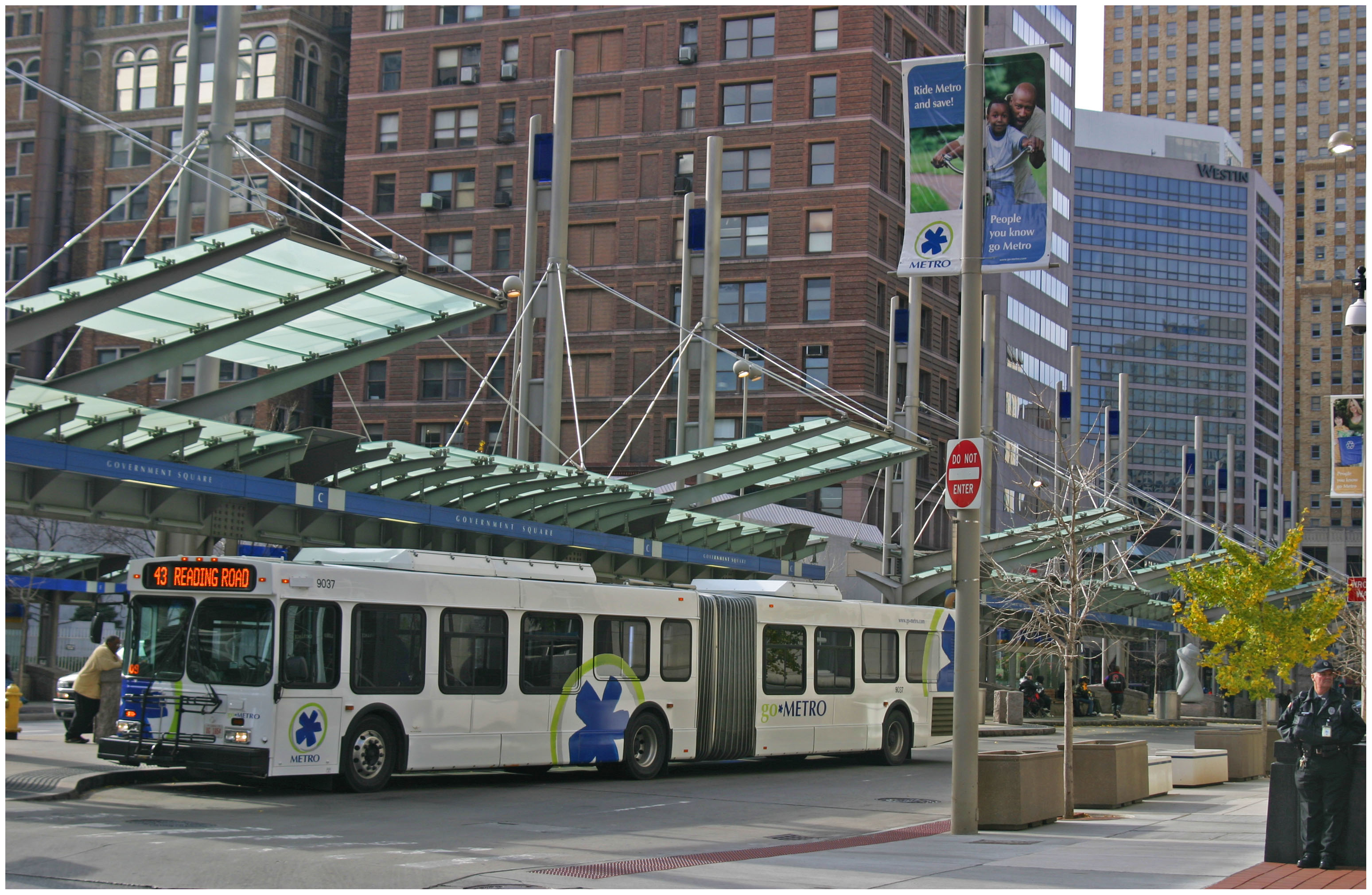Would elimination of the gas tax increase infrastructure investment?.
With user fees only covering approximately 51% of the costs to build and maintain roads, some are suggesting it’s time to change the way we fund our transportation infrastructure. One of those suggestions is to get rid of the gasoline tax altogether. More from Bloomberg:
As a result, “getting back our share” has become the key objective, so that every state now gets as much (or more) money in transportation grants as it pays in federal gas taxes. Along with the money, the federal government issues various rules for spending it, many of which require the states to put in some of their own money, too. It’s common to hear state transportation officials say that the feds provide 25 percent of the money and 75 percent of the hassle.
Eliminating the federal role would enhance state autonomy and streamline decision making. What’s more exciting is that it would also lead to more and better spending on transportation. In poll after poll, Americans say they are willing to invest in roads and bridges, as long as it brings about improvements they will use. This isn’t just talk; state and local referendums on raising taxes or issuing debt to pay for transportation projects usually pass.
However, people don’t generally support raising the gas tax, for the simple reason that they think their current gas taxes, which are mostly federal, are wasted. Thus, the federal gas tax has become both a ceiling and a floor. It makes raising state gas taxes unpalatable. And since states get back at least what they contribute, the tax encourages them to keep spending even if they don’t really need more roads.

